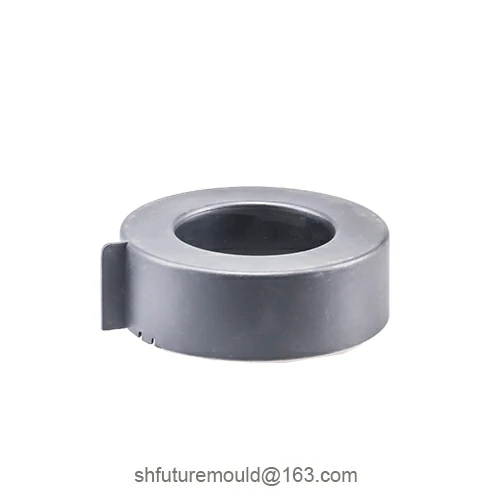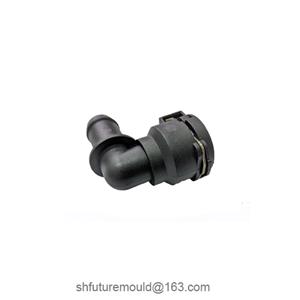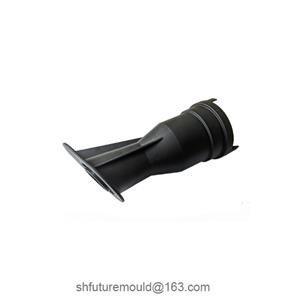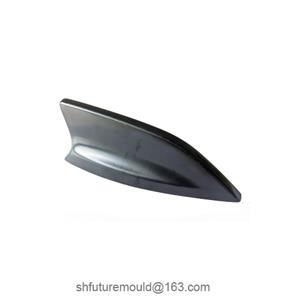Resolving Flow Marks in Injection Molding
Flow marks, commonly observed in injection molded products, are typically caused by non-uniform flow of molten plastic within the mold cavity, resulting in surface defects such as streaks or waves. These defects not only affect the product's appearance but also reduce its strength and durability.
Causes of Flow Marks
Low Melt Temperature: High melt viscosity and poor flowability can lead to flow marks.
Insufficient Injection Pressure: Inadequate pressure results in incomplete filling of the cavity, causing slow flow and flow marks.
Slow Injection Speed: Slow injection speed prolongs the residence time of the melt in the cavity, leading to uneven cooling and flow marks.
Low Mold Temperature: A low mold temperature causes the melt to cool too quickly in the cavity, reducing flowability and causing flow marks.
Poor Gate Location or Size: Incorrect gate location or size results in non-uniform melt flow and flow marks.
Rough Mold Cavity Surface: A rough mold cavity surface increases melt flow resistance and causes flow marks.
Material Issues: Poor flowability, high moisture content, or impurities in the material can lead to flow marks.
Solutions to Flow Marks
Adjusting Process Parameters:
Increase Melt Temperature: Increase melt temperature (within the material's decomposition limits) to reduce viscosity and improve flowability.
Increase Injection Pressure: Increase injection pressure to improve melt filling speed and reduce flow marks.
Increase Injection Speed: Increase injection speed (while maintaining product quality) to shorten the melt's residence time in the cavity.
Extend Holding Time: Extend holding time to ensure complete filling of the cavity and reduce sink marks and flow marks.
Increase Back Pressure: Increasing back pressure improves the melt's compression ratio, enhancing uniformity and reducing flow marks.
Optimizing Mold Design:
Optimize Gate Location and Size: Select the appropriate gate location and size to ensure uniform melt filling of the cavity.
Improve Cavity Surface Finish: Improve the cavity surface finish to reduce melt flow resistance.
Increase Venting: Increase venting to remove air from the cavity and prevent air bubbles and flow marks.
Implement Runner Heating: Install heating elements in the runner to increase the runner temperature and improve melt flow.
Improving Materials:
Select Materials with Good Flowability: Choose materials with good flowability to reduce flow marks.
Reduce Moisture Content: Reduce moisture content in the material to prevent moisture from vaporizing in the cavity and forming bubbles.
Remove Impurities: Remove impurities from the material to prevent blockage of the flow channel and affect melt flow.




